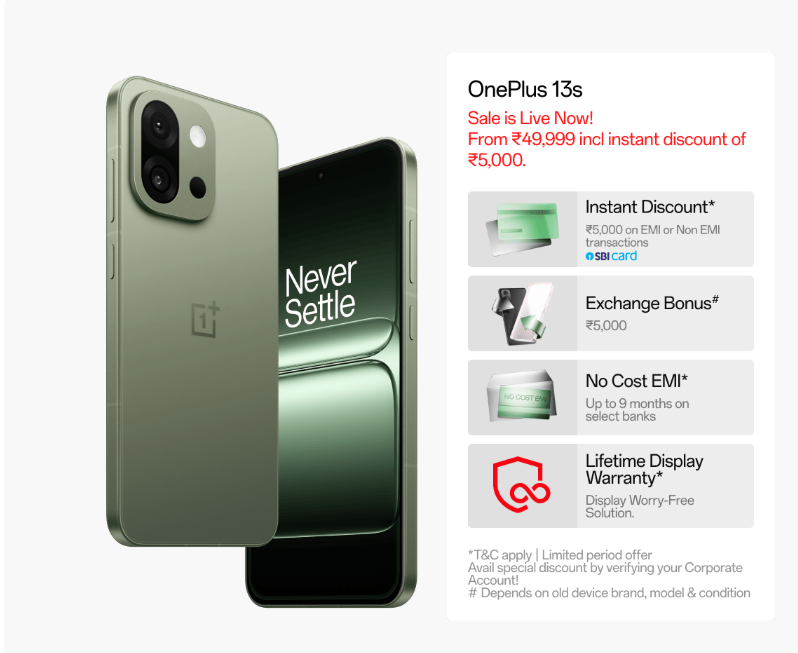Xiaomi's Two-Pronged Attack: How Redmi and Poco are Democratizing 5G in India

Xiaomi's Two-Pronged Attack: How Redmi and Poco Are Democratizing 5G in India
In India’s fast-evolving smartphone market, 5G is no longer a luxury—it’s an expectation. Recognizing this seismic shift, Xiaomi has deployed a two-pronged strategy through its Redmi and Poco sub-brands, designed to dominate the entry and mid-level 5G landscape. While each brand operates with a distinct identity, together they serve a common mission: democratize high-speed connectivity for millions of Indian consumers.
This dual-brand strategy is one of the most calculated and scalable approaches to 5G rollout seen in the Indian tech ecosystem.
Redmi: The Mass-Market Catalyst for 5G Adoption
Redmi, Xiaomi’s core value-centric brand, focuses on volume-driven affordability. With models like the Redmi 12 5G, Redmi Note 13 5G, and Redmi Note 12 5G, the brand is ensuring that:
- 5G is accessible under ₹12,000–₹15,000
- Consumers get balanced devices with dependable SoCs (like Snapdragon 4 Gen 2)
- There's a clean, feature-rich MIUI experience, often with India-specific customizations
Redmi is targeting first-time smartphone buyers, budget upgraders, and families who need reliable, future-ready tech at a mass scale. It's the brand that brings 5G to the next 500 million users.
Poco: The Performance-Driven Rebel for Gen Z
While Redmi plays the role of the enabler, Poco is the enforcer—hyper-focused on performance, gaming, and youth appeal. Formerly a Xiaomi experiment, Poco now thrives as a standalone challenger brand.
Key traits of Poco's 5G disruption:
- Devices like the Poco M6 Pro 5G, X5 5G, and X6 Neo deliver Snapdragon 695/Dimensity 6100+ chipsets, 120Hz displays, and liquid cooling—all under ₹15,000–₹18,000
- The Poco Launcher adds a clean, app-drawer-first UX on top of MIUI
- Marketing targets young gamers, college students, and power users who crave speed and battery endurance
Poco ensures that users don’t just get 5G—they get blazing-fast experiences that maximize the network’s potential.
Why This Two-Brand Strategy Works in India
India is not a one-size-fits-all market. Xiaomi understands this and has strategically divided the battlefield:
Feature Redmi Poco
| Target User | Budget-conscious, first-time buyers | Performance enthusiasts, gamers
| Design Focus | Practical and minimal | Bold and aggressive
| UI | MIUI (full suite) | MIUI + Poco Launcher
| Launch Platforms | Online + Offline retail | Online-first (Flipkart-heavy)
| Positioning | Dependable 5G for everyone | High-performance 5G disruptor
Together, they allow Xiaomi to capture two ends of the value spectrum, ensuring that no segment of the budget-to-mid 5G market is left uncovered.
5G + Ecosystem Play: Preparing for More Than Just Speed
What makes Xiaomi’s strategy even more effective is its ecosystem vision. Both Redmi and Poco devices are increasingly integrated with:
- Xiaomi’s wearables, TVs, IoT devices
- MIUI cloud services and app suite
- Cross-promotion with HyperOS (future builds) and smart home compatibility
As 5G evolves beyond just faster downloads, Xiaomi’s brands are well-positioned to scale connected experiences, not just mobile hardware.
Conclusion: Two Brands, One Vision — 5G for All
Xiaomi’s Redmi and Poco aren’t in competition—they are in strategic alignment. Together, they address the full spectrum of Indian consumer needs: Redmi offers affordability and reliability, while Poco delivers adrenaline and edge.
In a market where 5G adoption hinges on accessibility, Xiaomi’s two-pronged attack is not just smart—it’s market-defining. By making 5G mainstream through differentiated value at every level, Xiaomi isn’t following the trend—it’s shaping it.
League Manager Editorial Team





Leave a Comment